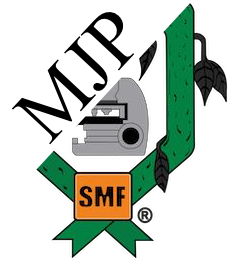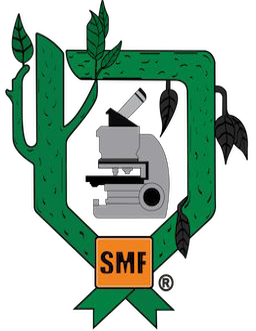-
Or Copy link


Article filters
Search Papers
Toxicity of contact fungicides to four Trichoderma species: an in vitro compatibility approach
By Conrado Parraguirre Lezama, Omar Romero Arenas*, Alba Cruz Coronel, Amparo Mauricio Gutiérrez, Carlos A Contreras Pare, Antonio Rivera Tapia
* Corresponding Author. Email: / Institution:
Received: 25/February/2024 – Published: 27/December/2024 – DOI: https://doi.org/10.18781/R.MEX.FIT.2402-7
-
Or Copy link
Abstract Objective/Background. The transition towards responsible agricultural practices is essential to promote the health of agroecosystems and ensure food security. Promoting comprehensive research that combines chemical and biological methods represents a significant advance in the management of phytopathogens. This novel approach is based on the premise that the joint action between fungicides and an antagonistic agent such as Trichoderma spp. can offer robust protection compared to individual approaches. The objective of the study is to investigate the in vitro resistance and compatibility of four Trichoderma species against three fungicides widely used in Mexico.
Materials and Methods. The controlled poisoning technique was used in PDA medium under controlled conditions with three concentrations (450, 900 and 1350 mg L−1) for the active ingredients Captan and Chlorothalonil, while for Mancozeb 600, 1200 and 1800 mg L−1 were used. Compatibility was determined in relation to the control group using the statistical software SPSS Statistics version 26 for the Windows operating environment.
Results. The study revealed that the strains of T. harzianum, T. hamatum, T. koningiopsis and T. asperellum exhibited an overall compatibility of 60.04% for the active ingredients evaluated, with the fungicide Captan 50® showing the highest percentage of compatibility (79.87%) at concentrations of 450, 900 and 1350 mg L–1. T. harzianum showed greater tolerance to the active ingredient Chlorothalonil at a concentration of 450 mg L-1, however, at higher concentrations it showed greater toxicity, with T. koningiopsis exhibiting the lowest resistance at its three tested concentrations.
Conclusion. Treatments with different concentrations of the fungicides Captan, Mancozeb and Chlorothalonil showed a marked variability in terms of prevalence and toxicity towards the tested Trichoderma species in vitro. This approach allows the design of integrated management strategies minimizing the dependence on chemical products and promoting compatibility between biological agents and fungicides.
Keywords: Fungi, phytopathogens, toxicity, resistance.